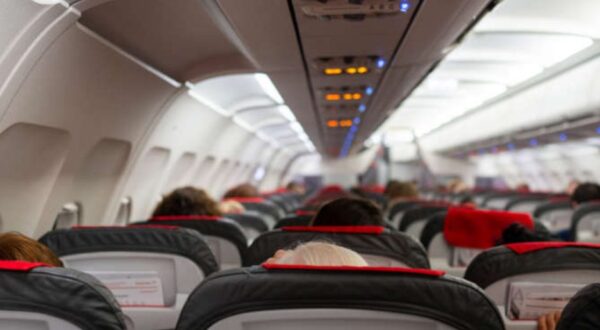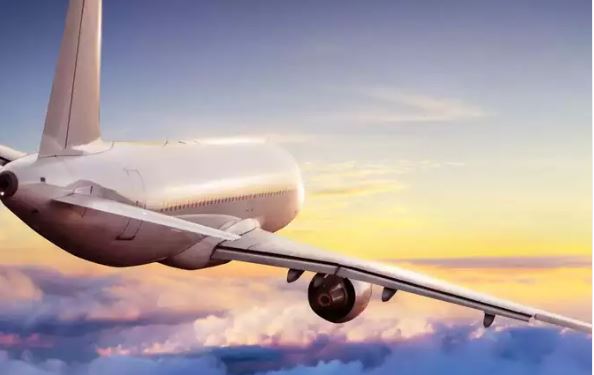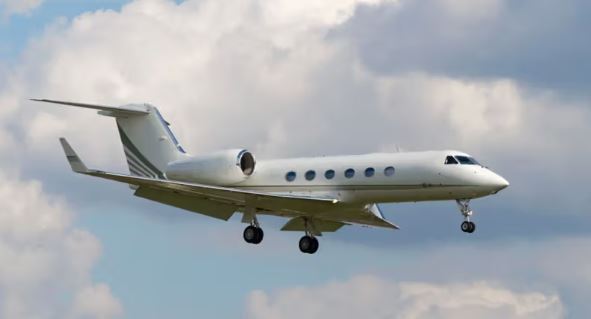Lifestyle
Why most airplanes are painted white
Even if you’ve never been on an airplane before, you most likely have seen a couple in the sky or in movies.
And one thing is peculiar to them, especially commercial airplanes – they are usually primarily white in colour.
If you have ever wondered, here are some practical reasons aviation companies paint most airplanes white;
Heat reflection
Aircrafts are prone to prolonged sunlight, especially when parked on ground for an extended period of time. The use of white paint, which reflects sunlight and absorbs less heat compared to darker colors, is crucial for maintaining cooler interiors.. This is particularly important for the aircrafts’ engines and sensitive electronic equipment.
Protection against UV radiation
Planes fly at high altitudes, hence, are exposed to harsh UV radiation. The colour white, due to its reflective property, reflects some of the incident UV rays, thereby minimising the impact of prolonged exposure on airplanes.
Visibility
White as a highly conspicuous and visible color, painted on an airplane makes it easier for ground crew and other aircrafts to see. This enhances safety during ground operations and in-flight, as it increases the chances of spotting the aircraft from a distance.
Research has also shown that white paint on airplanes help to contribute to fuel efficiency. The relative cooling of white paint is great for the aerodynamics of the plane, thereby relatively minimising fuel usage. This effective concept allows airlines to cut cost in the long run.
Nevertheless, airlines include other specific colours on their airplanes for branding and marketing purposes, but the overall colour scheme still usually includes a significant amount of white.









